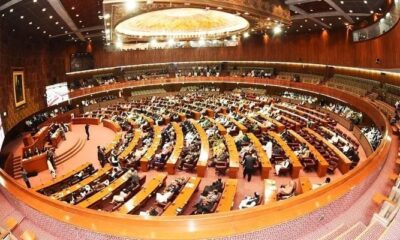In light of K-Electric’s inability to persuade NEPRA with its Rs. 484 billion investment plan, the regulatory body has decided to hold off on making changes to the utility’s Transmission & Distribution Investment Plan until FY 2030.
As stated in the order, the NEPRA will select the terms of reference (ToR) for the third-party audit in addition to announcing the quarterly audit. A report on the company’s investment plan’s progress will need to be submitted every quarter.
A performance report would also be required under the investment plan by K-Electric, Karachi’s only power distribution utility, according to the statement. A secure mechanism to avoid electrical mishaps was also mandated by the authority to the utility.
In the meantime, the power distribution firm stated in a statement that the investment plan will boost the utility’s infrastructure to meet present and future demands, decrease transmission and distribution losses, and increase customer base growth.
With investments totaling Rs. 544 billion, KE has been able to more than halve its T&D losses and quadruple its customer base and power consumption since privatisation, according to the statement.
A hearing in March 2023 was held to inform stakeholders about the projects that KE management had planned for FY2024–FY2030, and the statement claimed that the plan had been presented in compliance with regulatory requirements.
In terms of investment areas including expansion, energy loss reduction, network rehabilitation, maintenance, and safety, KE claimed to have clearly defined priorities and projects for this era.
The plan calls for the construction of transmission lines and grids, which will increase the dependability of KE’s network and make it possible to take on more electricity from the National Grid.
In order to manage the city’s needs through targeted investments and tech-based interventions, CEO KE Moonis Alvi said, “We are looking to invest $2 billion in Transmission and Distribution over the next 7 years.” The work of all the stakeholders who have contributed to this trip and who will help us modernise our infrastructure and get ready for the future is something I’d like to acknowledge.
The investment plan is a supplement to the business’s Power Acquisition Programme, which outlines KE’s goal of having 30% renewable energy in its generation mix by 2030. As part of its efforts to provide everyone with access to reasonably priced energy, the firm has also been granted regulatory permission for its RFPs for 640 MW of renewable projects.

 Latest News2 days ago
Latest News2 days ago
 Latest News1 day ago
Latest News1 day ago
 Latest News1 day ago
Latest News1 day ago
 Latest News2 days ago
Latest News2 days ago
 Latest News1 day ago
Latest News1 day ago
 Latest News2 days ago
Latest News2 days ago
 Education2 days ago
Education2 days ago
 Latest News2 days ago
Latest News2 days ago
























